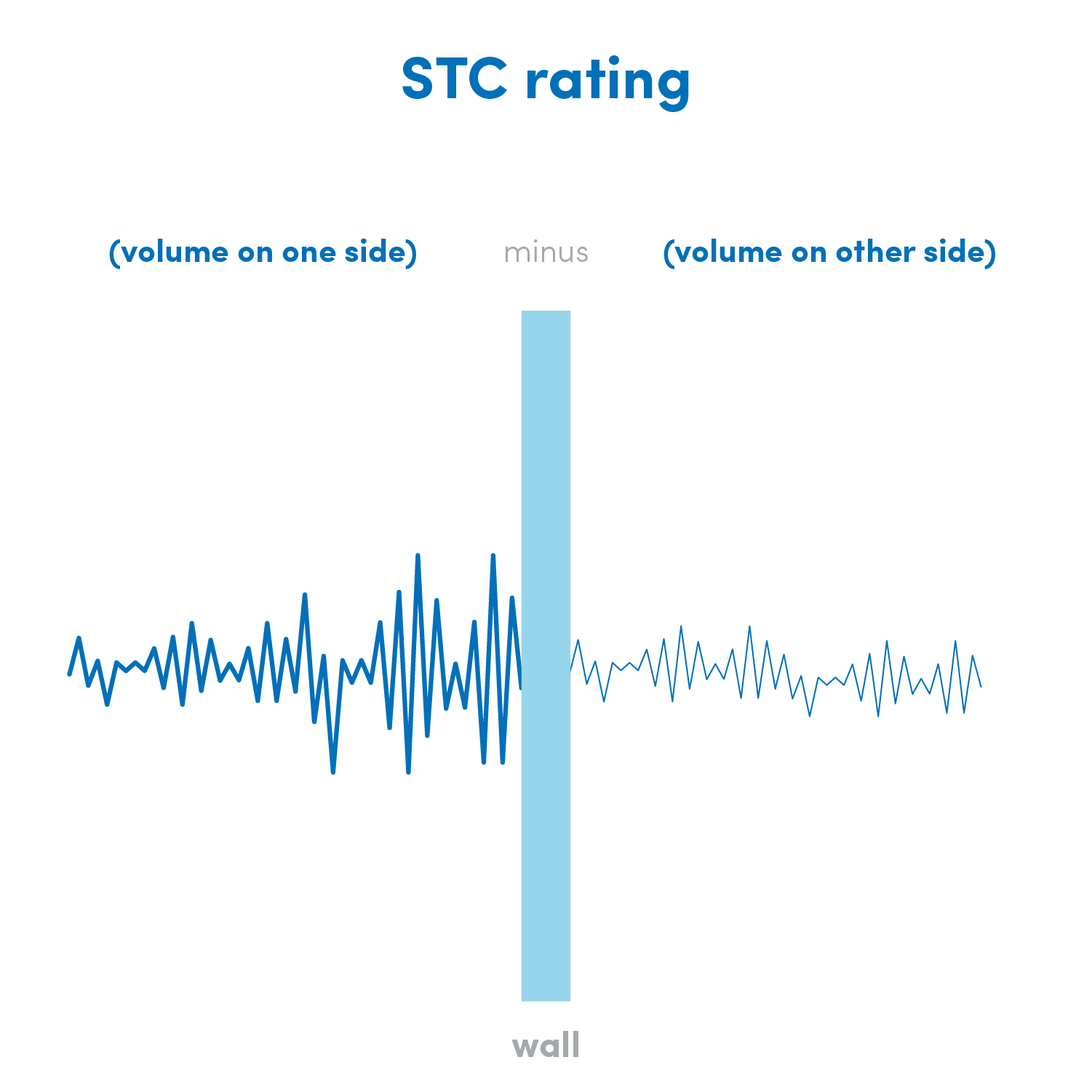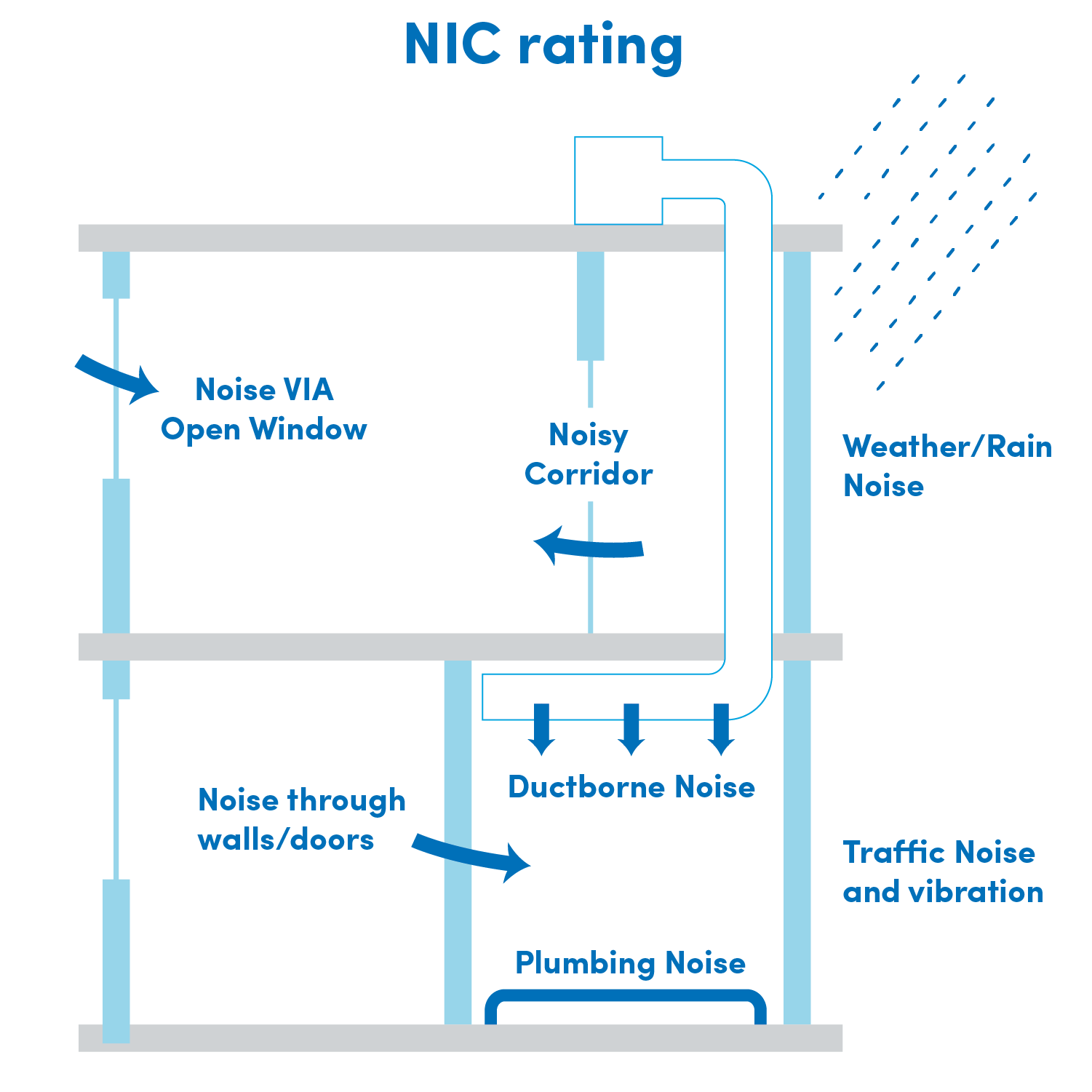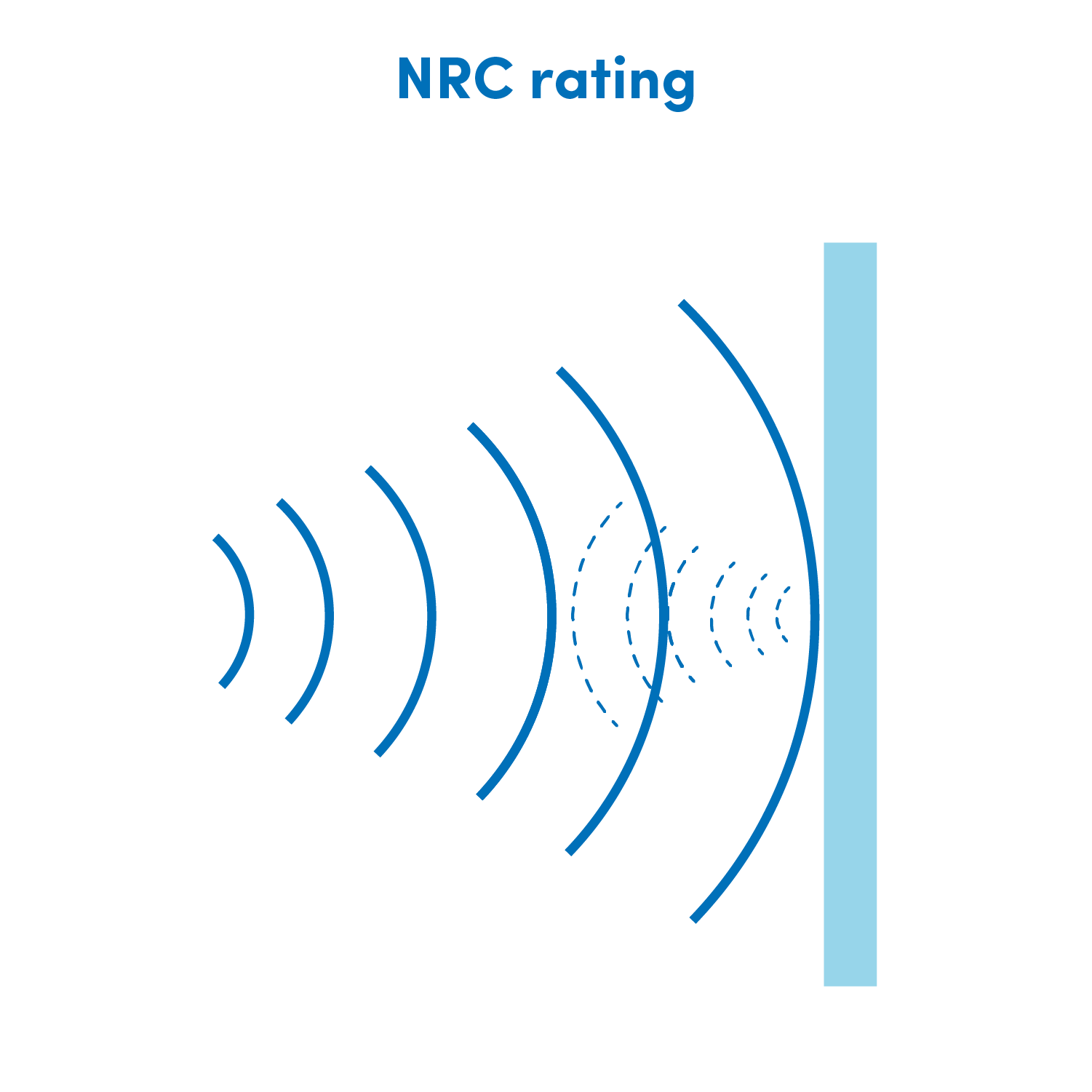We use cookies to maximize your online experience with us. By closing this window, you consent to our cookie policy. You can change your cookie settings in your browser any time. For more information, please see our Privacy Policy located on the footer of this site.
A Modular Construction Approach To Achieve Acoustic Privacy

A recent study examining the distractions associated with open office environments has led to a flurry of articles denouncing the effectiveness of this trend. Rather than abandoning the benefits of an open plan concept, we need to examine the design options that support collaboration goals while providing a sense of privacy and reducing noise distractions.
The ABC’s of reducing distractions
While sound masking is a simple solution to decrease the radius of noise distraction and acoustic panels and finishes can work to absorb sound, architectural walls not only promote speech privacy through absorbing and blocking sound, they also offer a sense of physical privacy. This is likely a major factor in why modular walls have seen a major resurgence in the last several years.
As it becomes more evident that people need an escape from the constant proximity to others, smart open office plans are incorporating focus spaces to help employees focus or find respite. Smaller meetings rooms are being constructed to accommodate less formal collaboration. Glass partitions in particular are becoming more common as they offer the best of both worlds; they help divide spaces and support speech privacy, but also contribute to an open aesthetic and allow natural light to pass through. Major selling points that include reduced construction time, green materials, easy technology integration, potential tax breaks, and the prospect of reconfiguration are helping modular construction eclipse traditional drywall construction.
Understanding Acoustics
When modular or traditional walls are installed to create an enclosed space like a meeting room or private office, two types of sound threaten overall acoustics and speech privacy:
- Sound that’s transmitted from one area into an adjoining area
- Sound that bounces back within the same room (like an echo)
These sounds must be controlled by using building materials best suited to absorb and block noise in your environment. Seems straightforward, but are you looking at the full picture?
Look up, down, and all around
There is one fact often overlooked when implementing acoustic privacy: it’s about more than a wall. A space isn’t enclosed by just one wall or even four. Much like a cube, there’s a top and bottom.
Any acoustic professional will tell you that ceilings and floors can have a dramatic impact on the sound acoustics of a space. Many facilities utilize raised flooring to route data and electrical wiring, and both demountable partitions and traditional walls typically stop at the ceiling instead of continuing up through the deck. Raised flooring and open ceiling decks create extensive pathways with little resistance for sound to travel between areas. How the six surfaces enclosing a space come together also affects the level of speech privacy you can anticipate. These materials include framing, skins, and doors.
While it may seem overwhelming, a number of metrics have been established to help guide your decisions to better speech privacy results.
There’s a metric for that
STC, NIC, and NRC are the most common testing criteria used to measure how well a particular material absorbs or blocks sound transmissions. A basic understanding of these metrics will help you determine what level of acoustics your project needs.
Sound Transmission Class (STC)STC numbers rate how well a surface blocks airborne sound by calculating a surface’s average transmission loss, or measurement of volume difference on either side of a wall. The higher the STC rating, the better the product’s ability to prevent sound from passing through. Determined solely through careful laboratory testing, STC ratings are the only way to accurately evaluate products in an “apples to apples” comparison. Building materials such as interior partitions, ceilings, floors, doors, windows, and exterior walls are often rated using this metric. Be aware, however, that this rating discounts field conditions like absorption in the adjacent space and modular partition size. To verify the product you’re reviewing has been laboratory tested to determine STC, your architectural partner will be able to provide the full scientific report. As a general guideline to maintain speech privacy and confidentiality:
|
Click image to enlarge |
Noise Isolation Class (NIC)NIC is a single number rating derived from the measured values of noise reduction. The rating provides an evaluation of the sound isolation between two enclosed spaces that are acoustically connected by one or more pathways. Sometimes referred to as Field STC Class (FSTC) because testing is performed onsite at your facility instead of in a laboratory environment, the NIC rating is unique to the entire environment, not just a specific surface. The higher the NIC rating, the better the sound control. Because sound can potentially travel through, over, and under walls as well as around corners, the effectiveness of a modular wall is reliant on other building factors. Even modular walls with a high STC may be significantly devalued if other building elements aren’t taken into consideration. In order to get the full value out of a modular wall or door with a high STC, all pathways that allow sound to travel must be blocked with construction equal to the acoustical rating. Some ways this can be done include incorporating insulated demising walls, sometimes to the deck, sealing all gaps at the floor and penetrations above the grid, and insulating or installing baffles at lighting fixtures, HVAC, and other fixtures that services the room. |
Click image to enlarge |
Noise Reduction Coefficient (NRC)This number, represented as a decimal, rates the effectiveness of an absorptive material or surface as compared to a theoretically perfect absorber. Unlike STC and NIC ratings, which are concerned with stopping the transmission of sound outside the space, NRC solely applies to reverberation, distortion, and the “liveness” or “deadness” of the sound itself within the space in which it is generated. Building materials designed with sound absorbers will eliminate echo and reduce build-up of sound within an enclosed space, helping it to be less noisy. Similar to STC and NIC ratings, the higher the number on a scale of 0 to 1.0, the better the sound absorption. Based on your space, your architectural or acoustic partner should be able to suggest products that meet your project’s aesthetic, privacy, and budgetary goals. Established partners will have access to showrooms where they can physically show you an installed product and demonstrate its acoustic privacy. |
Click image to enlarge |
A holistic approach plugs the holes
A well-designed open environment should not only incorporate a variety of spaces to provide different levels of collaboration or solitude, but also provide adequate acoustic privacy throughout the space. Modular walls are an excellent option that can provide both acoustic and physical privacy. By taking a holistic approach to examine the entire space – walls, doors, celling, flooring, and where it all connects – you can limit the amount of sound transmitted to adjoining areas and successfully achieve the balance between privacy and openness for your project.
To find out more about architectural solutions and how they can benefit your next project, reach out to our team at info@dancker.com. You can also learn more about our speech privacy solutions by visiting our speech privacy resource page.
Related Articles on Architectural Solutions and Speech Privacy:
The Impact of Modular Construction in Healthcare Spaces
The Challenges of Designing Healthcare Spaces
Decrease Distractions with Sound Masking
Speech Privacy Systems are a Sound Investment
The Urgent Need to Address Speech Privacy Concerns
Privacy + Openness: It’s about Balance
Chattering Colleagues or Sounds of Silence: Which Is Golden for the Workplace?
The Open Office Noise Problem: how to design around it
Speech privacy is a growing challenge in our society that can emotionally and financially affect both individuals and large organizations. Fortunately, organizations can support speech privacy throughout their spaces by incorporating one or more solutions.
To learn more about speech privacy solutions, sign up for future updates on solutions available to meet your needs.



